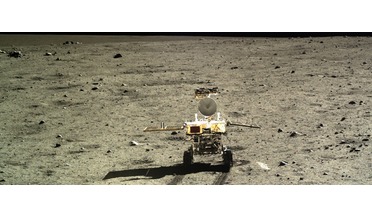 02 September 2019
Strange substance discovered by China's lunar rover on far side of the Moon
02 September 2019
Strange substance discovered by China's lunar rover on far side of the Moon
... passing its design lifetime of three Earth months, China’s Chang’e-4 lunar rover Yutu-2 – the first man-made spacecraft launched to the far side of the moon – is doing well. Really well in fact as while it continues on its way west of its landing...
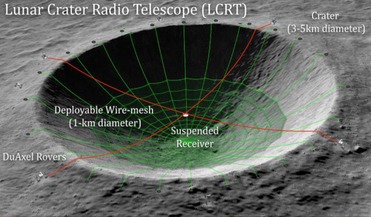 08 April 2020
NASA funds vast radio telescope concept on far side of the Moon
08 April 2020
NASA funds vast radio telescope concept on far side of the Moon
NASA’s incubator programme which funds the development of far reaching, long term advanced concepts that “think outside the box,” has awarded a grant for research into turning a huge crater on the far side of the Moon into a giant radio telescope. ...
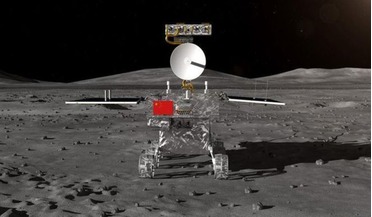 10 December 2018
First far side of the Moon mission underway
10 December 2018
First far side of the Moon mission underway
... and soil on the far side, and to explore the region's geology. Not a lot is known about the far-side of the Moon (far side and not dark side, as although we can't see it, the far-side is still bathed in the Sun's light). The first grainy pictures...
 03 January 2019
Chinese goddess lands on far side of the Moon
03 January 2019
Chinese goddess lands on far side of the Moon
A Chinese spacecraft has made the first-ever landing on the far side of the Moon in the latest achievement for the country’s growing space programme. The relatively unexplored lunar far side faces away from Earth and is therefore sometimes referred ...
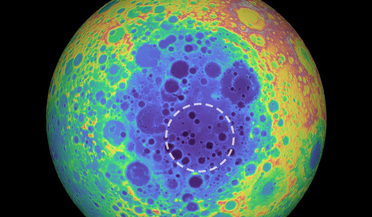 12 June 2019
Mysterious mass found under Moon's South Pole
12 June 2019
Mysterious mass found under Moon's South Pole
... 2,500 kilometres (1,600 miles) in diameter and 13 kilometres (8.1 miles) deep, the South Pole–Aitken basin on the far side of the Moon is one of the largest known impact craters in the Solar System, and now scientists have found a mysterious large...
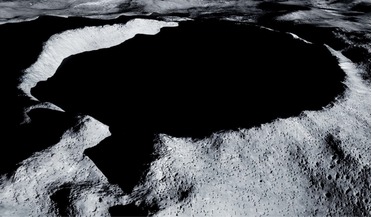 May 2020
Protecting areas of scientific importance on the Moon
May 2020
Protecting areas of scientific importance on the Moon
... employing Earth-facing lunar systems could be a fraction of those paid by others on the far side of the Moon. This would make mining operations on the lunar far side far more costly and therefore unattractive, thus promoting radio frequency silence...